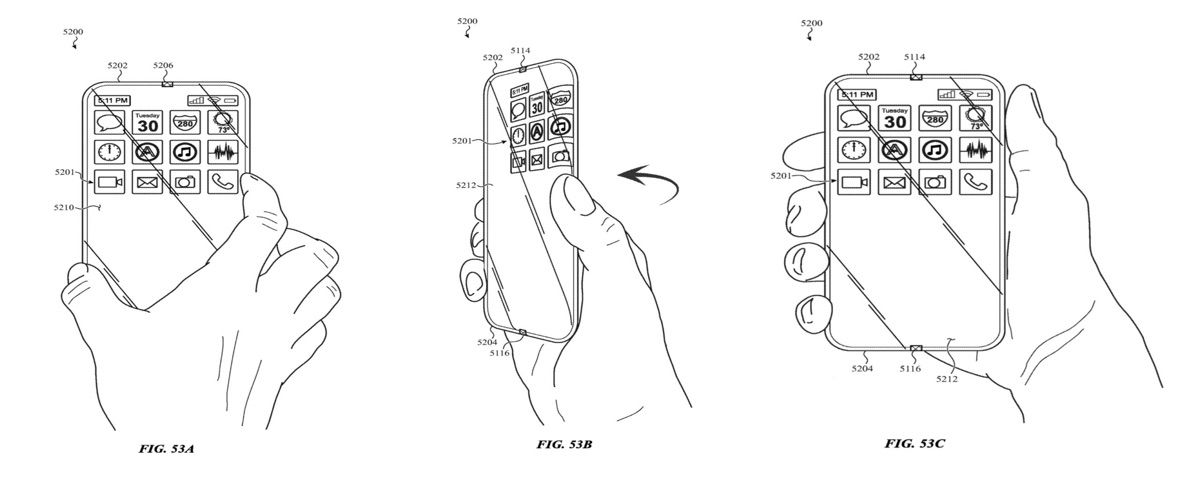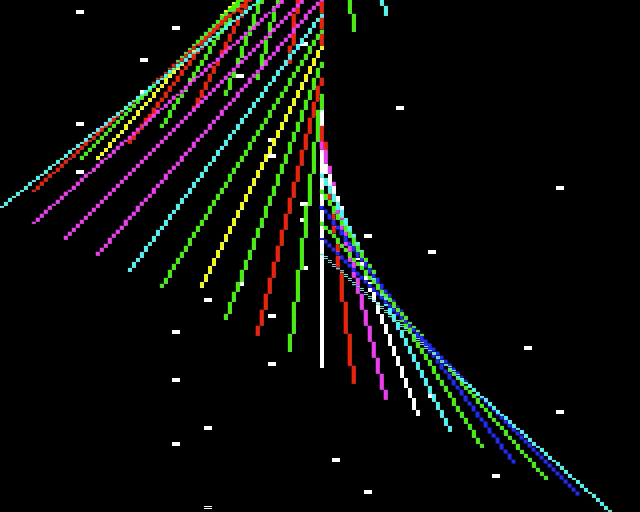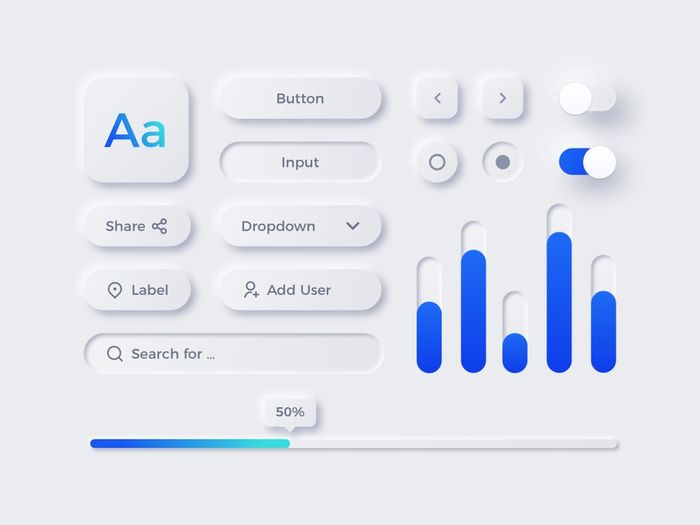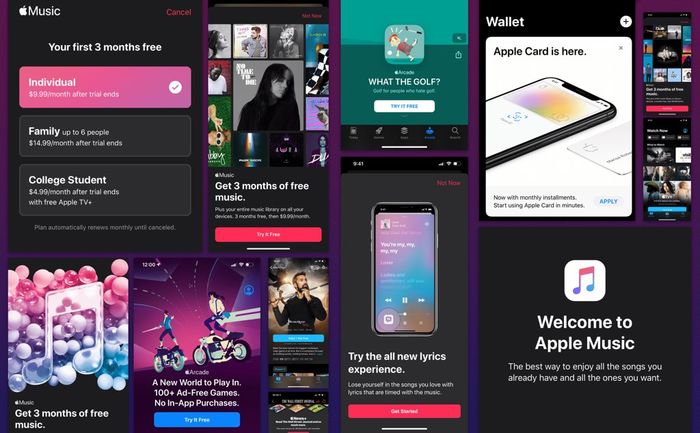Erinnert ihr euch an die Szene in Interstellar mit dem schwarzen Loch? Habt ihr auch nie verstanden, was ihr da eigentlich seht? Dieses Video von NASA Goddard’s Scientific Visualization Studio hat es mir erklärt.
Closest to the black hole, the gravitational light-bending becomes so excessive that we can see the underside of the disk as a bright ring of light seemingly outlining the black hole. This so-called “photon ring” is composed of multiple rings, which grow progressively fainter and thinner, from light that has circled the black hole two, three, or even more times before escaping to reach our eyes. Because the black hole modeled in this visualization is spherical, the photon ring looks nearly circular and identical from any viewing angle. Inside the photon ring is the black hole’s shadow, an area roughly twice the size of the event horizon — its point of no return.
Todo: Interstellar noch mal mit den Töchtern gucken.





